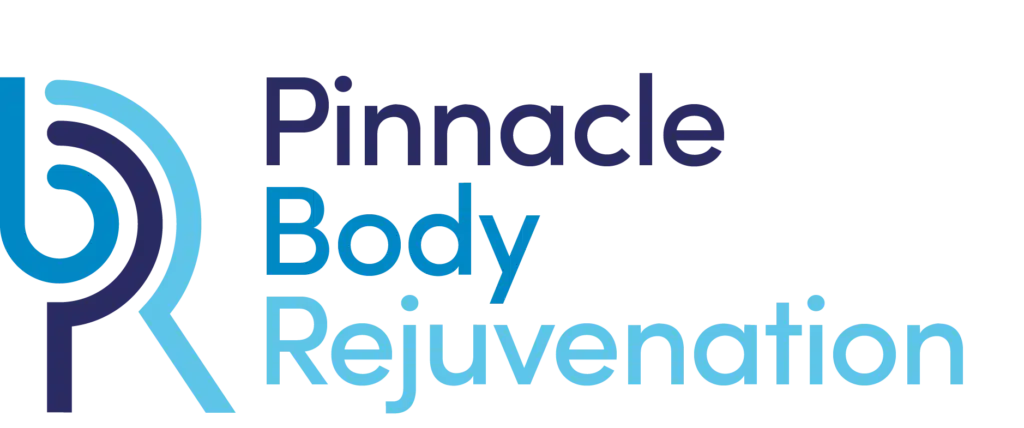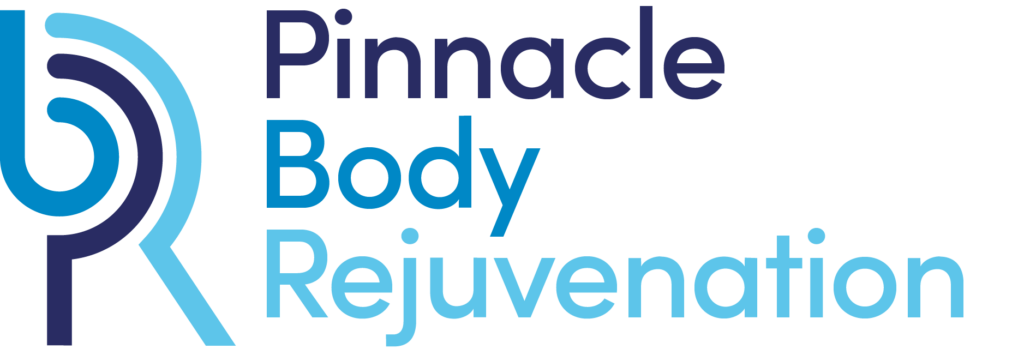The RICE (Rest, Ice, Compression, Elevation) and POLICE (Protection, Optimal Loading, Ice,
Compression and Elevation) principles are widely known as soft tissue injury management
protocols. However, these principles only focus on the acute stage of tissue healing and
don’t incorporate the sub-acute and chronic phases of the healing process.
Dubois and Esculier (2019) proposed PEACE and LOVE acronyms for optimal soft tissue recovery.
recovery. The PEACE entails immediate care protocol (Protect, Elevate, Avoid Anti-
Inflammatories, Compression, Educate) and LOVE for subsequent management (Load,
Optimism, Vascularisation and Exercise.
The PEACE and LOVE protocol ensures patients are educated, as well as addressing the use
of anti-inflammatories and how they may be beneficial for pain and function but have
potential harmful effects on optimal tissue repair.
Immediate Care
P – Protect
Restrict movement (days 1-3) to reduce bleeding and reduce movements which will stress
the injury (Bleakley & Davison, 2010). Rest should be minimal, as too much rest has been
shown to reduce tissue strength and quality (Bleakley & Davison, 2010).
E – Elevate
Elevating the injured limb higher than the heart to increase interstitial fluid flow out of
tissues.
A – Avoid Anti-inflammatories
Standard care for soft tissue injuries should not include anti-inflammatory medication.
Various phases of inflammation help repair soft tissue damage; therefore,
medication can negatively impact the healing process (Duchesne et al., 2017; Henderson et
al., 2020). Things to avoid:
• Ice
• Anti-inflammatory medication, E.g., Ibuprofen
These are primarily analgesics (to relieve pain); however may negatively affect inflammation,
revascularisation and result in impaired tissue regeneration and redundant collagen
synthesis (Singh et al., 2017).
C – Compress
External forces on the injured area, for example, bandages or taping, can help prevent
swelling around the joint (Henderson et al., 2020).
E – Educate
Talking to a therapist will help educate a patient about their injury., A therapist will
emphasise how an active rehab approach to rehab with a programme using load management
to avoid overtreatment has many benefits for recovery in comparison to passive techniques
(Doherty et al., 2017). Therapists will help provide set realistic expectations and recovery
times throughout the recovery process (Dubois & Esculier, 2020).
Post-immediate care
L – Load
Musculoskeletal disorders benefit from an active recovery approach through movement and
exercise (Khan & Scott, 2009). Normal activities should continue as soon as symptoms allow
for it. Optimal loading, without increasing pain, promotes repair and remodelling alongside
building tissue tolerance (Bleakley et al., 2012; Khan & Scott, 2009).
O – Optimism
The brain creates barriers inhibiting recovery during rehabilitation interventions (Lin et al.,
2020). Psychological factors, including fear, depression and catastrophisation, can hinder
recovery (Bialosky et al., 2010). Staying positive and optimistic whilst being realistic
improves the chances of optimal recovery (Dubois & Esculier, 2020).
V – Vascularisation
Pain-free cardiovascular activity increases blood flow to injured areas (Lin et al., 2020). This
should be started a few days after injury. Early mobilisation and anaerobic exercise improve
physical function and reduce the need for pain medication (Bleakley et al., 2010).
E – Exercise
Exercises help to restore mobility, strength, and proprioception (Henderson et al., 2020).
Pain should be avoided to ensure optimal repair during the later phase of recovery and
be used as a guide for exercise progressions (Dubois & Esculier, 2020).
References
Bialosky, J. E., Bishop, M. D. & Cleland, J. A. (2010b) Individual Expectation: An Overlooked, but
Pertinent, Factor in the Treatment of Individuals Experiencing Musculoskeletal Pain. Physical
Therapy, 90 (9) September, pp. 1345–1355.
Bleakley, C. M. & Davison, G. (2010) Management of Acute Soft Tissue Injury Using Protection
Rest Ice Compression and Elevation: Recommendations from the Association of Chartered
Physiotherapists in Sports and Exercise Medicine (ACPSM) [Executive Summary]. Execut, pp.
1–24.
Bleakley, C. M., Glasgow, P. & MacAuley, D. C. (2012) PRICE Needs Updating, Should We Call the
POLICE? British Journal of Sports Medicine, 46 (4) March, pp. 220–221.
Bleakley, C. M., O’Connor, S. R., Tully, M. A., Rocke, L. G., MacAuley, D. C., Bradbury, I., Keegan, S.
& McDonough, S. M. (2010) Effect of Accelerated Rehabilitation on Function after Ankle
Sprain: Randomised Controlled Trial. BMJ, 340 May, p. c1964.
Doherty, C., Bleakley, C., Delahunt, E. & Holden, S. (2017) Treatment and Prevention of Acute and
Recurrent Ankle Sprain: An Overview of Systematic Reviews with Meta-Analysis. British
Journal of Sports Medicine, 51 (2) January, p. 113.
Dubois, B. & Esculier, J.-F. (2020) Soft-Tissue Injuries Need PEACE and LOVE. British
Journal of Sports Medicine, 54 (2) January, pp. 72–73.
Duchesne, E., Dufresne, S. S. & Dumont, N. A. (2017) Impact of Inflammation and Anti-
Inflammatory Modalities on Skeletal Muscle Healing: From Fundamental Research to the
Clinic. Physical Therapy, 97 (8) August, pp. 807–817.
Henderson, Z. J., Sanzo, P., Zerpa, C. & Kivi, D. (2020) Ankle Bracing’s Effects during a Modified
Agility Task: Analysis of SEMG, Impulse, and Time to Complete Using a Crossover, Repeated
Measures Design. Sports Biomechanics, 0 (0) July, pp. 1–15.
Khan, K. M. & Scott, A. (2009) Mechanotherapy: How Physical Therapists’ Prescription of Exercise
Promotes Tissue Repair. British Journal of Sports Medicine, 43 (4) April, pp. 247–252.
Lin, I., Wiles, L., Waller, R., Goucke, R., Nagree, Y., Gibberd, M., Straker, L., Maher, C. G. &
O’Sullivan, P. P. B. (2020) What Does Best Practice Care for Musculoskeletal Pain Look like?
Eleven Consistent Recommendations from High-Quality Clinical Practice Guidelines:
Systematic Review. British Journal of Sports Medicine, 54 (2) January, pp. 79–86.
Singh, D. P., Barani Lonbani, Z., Woodruff, M. A., Parker, T. J., Steck, R. & Peake, J. M. (2017)
Effects of Topical Icing on Inflammation, Angiogenesis, Revascularization, and Myofiber
Regeneration in Skeletal Muscle Following Contusion Injury. Frontiers in Physiology [Online],
8. Available from: <https://www.frontiersin.org/articles/10.3389/fphys.2017.00093>
[Accessed 28 November 2022]


